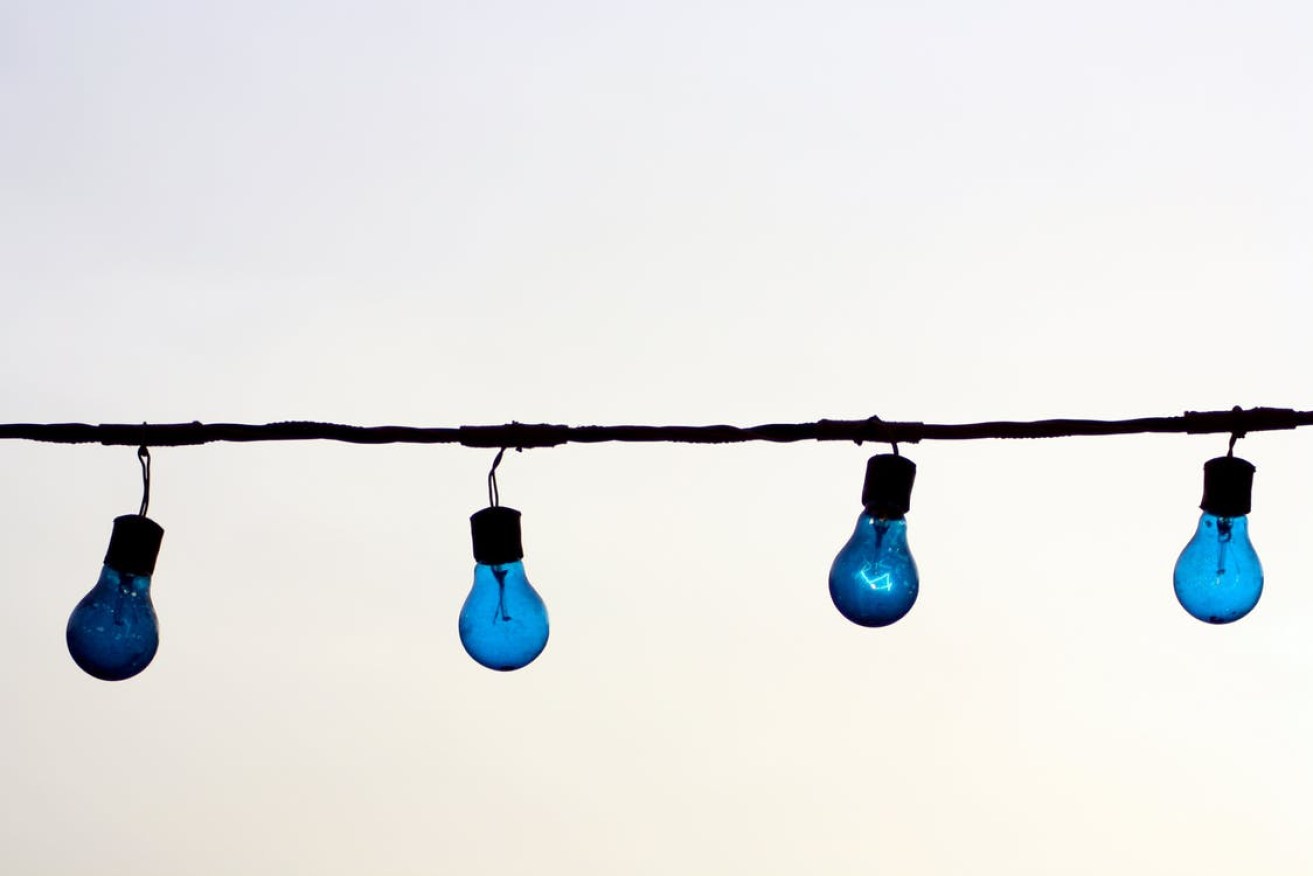Building a “blue economy” in South Australia
The key to a thriving South Australian economy could be, literally, right in front of us, writes Dr Charlie Hargroves.

With the world’s biggest battery soon to be deployed, and the world’s largest solar thermal plant under construction, is there anything else that can inspire South Australian businesses?
How about an approach that has created more than three million jobs and $4 billion in investment in more than 200 locations world-wide – Belgian entrepreneur Gunter Pauli’s approach, called ‘The Blue Economy’.
Focus on what is locally available to generate new opportunities
Core to the Blue Economy approach is the understanding that there is much more locally available that first thought. It calls for businesses to be ‘fixated on the discovery of all local resources, known and unknown’.
For example, overburden rock from mine sites can be blended with HPDE (high-density polyethylene) to create an alternative to paper that requires no trees or water. The first factories were built in Taiwan in 2013 and have generated 850 direct and more than 4000 indirect jobs since 2013, with the Chinese government now committing to 20 million tonnes a year. The Brukunga mine in South Australia alone has eight million tonnes of overburden (with billions of tonnes available at mine sites around the country).
Create portfolios of opportunity with multiple cash flows
With a newfound appreciation for locally available resources, businesses can start to weave portfolios of local opportunities that generate multiple cash flows. For example, coffee grounds can be used to generate multiple cash flows including growing high-value mushrooms, produce high-nutrient livestock feed, or as an additive to paint for its UV blocking properties, or clothing for its odour absorption abilities. In Australia, some 75,000 tonnes of spent coffee grounds is produced each year with the majority sent to landfill, while Australians consume some 95,000 tonnes of mushrooms.
Ensure that the environment is strengthened as part of your operations
It is also important to ensure that our new operations do not damage the ability of the natural world around us to thrive and continue to provide its critical services. For instance, re-directing coffee grounds from landfill avoids the generation of methane. The same can be done for a number of organic waste streams, such as tomato peel, which can produce a natural sunscreen, a safe red colouring for food and cosmetics, and a high-protein food for fish farming.
Look for opportunities to redirect existing flows of money into your enterprise
Businesses can not only rediscover materials locally but also revenue. According to Gunter Pauli, the key is to create ways to link ‘supply chain locally from raw material to finished product wherever possible across the local economy’.
For example, the government of the small island of El Hierro in the Canary Islands realised they could redirect part of a €9 million annual diesel import bill into local energy infrastructure. The result was a relatively small-scale combination of wind power and desalination, delivering base load power by creating fresh water that is pumped uphill using excess wind power to later return and generate electricity. The fresh water generated also revived many local agriculture and farming businesses that were unviable based on the cost of diesel desalinated water.
Build greater resilience through diversification of operations and collaborations
Each of the above approaches can generate new opportunities for South Australian businesses, however it is when these are taken to scale that the real jobs and economic growth potential can be realised.
For instance, let’s look at the example of seaweed. Seaweed can be used to create a ‘carbon neutral’ biofuel to displace fossil fuels as we transition to electric vehicles. This will also redirect money from petrol and diesel products to local energy companies, as in El Hierro.
Once the seaweed production is underway – running indefinitely without the need for re-seeding, fertilisers, or pesticides – new products can be generated, such as additives for animal feed (CSIRO says just 3% seaweed can reduce 80% of livestock methane emissions), high-quality, anti-bacterial and UV resistant textile for woven and knitted fabrics made from seaweed and eucalyptus, lubricants, and biofilm inhibitors for underwater surfaces. Finally, the seaweed provides crucial nurseries for sea life and protect coasts against ever intensifying storms.
This is the blue economy approach in practice. And this is just the beginning.
Gunter Pauli will explain the “Blue Economy” approach in a free public lecture at the University of Adelaide on Thursday (September 21). The event will include the launch of the Australian edition of The Blue Economy 3.0. Register here.
Dr Charlie Hargroves is a Sustainable Development Fellow in the Entrepreneurship, Commercialisation and Innovation Centre, University of Adelaide.




